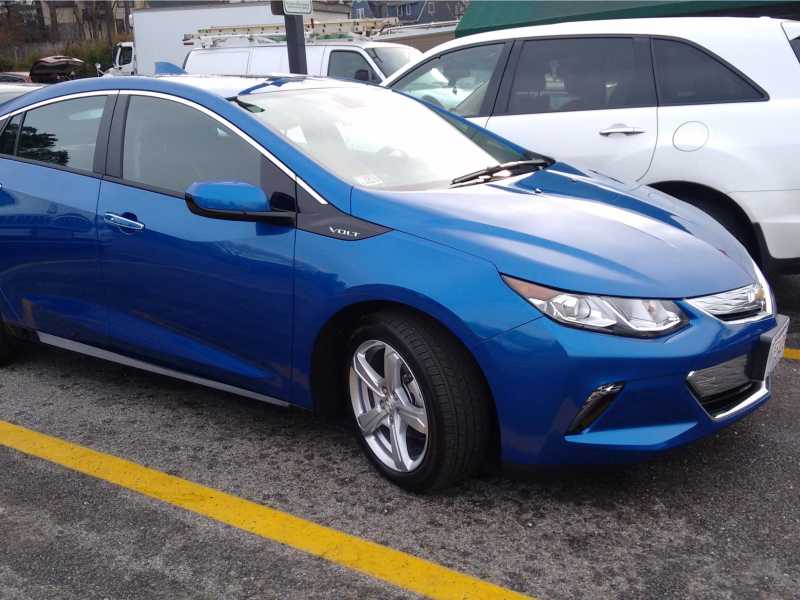Compare EVs, navigate incentives, and connect with expert insights.
Testimonials
-

Aliou N.
Ford Mustang Mach EWe had already replaced a full gas engine Nissan Altima with a Ford Fusion Hybrid. So, when I decided to replace our Honda Odessey of 10 years, I had no doubt that I would buy an electric vehicle… Read more
-

Nicole C.
Tesla Model 3 and Volvo C40 RechargeWe have enjoyed making “green” changes to our household over the years, but our recent move to EVs has definitely been the most fun out of all of them!" OR "While charging an EV may not always be… Read more
-

Babette
Chevy VoltI just recently combined two of Green Energy Consumers' programs: 1) signed up for Green Powered 100% and 2) leased a Chevy Volt via the Drive Green program. I was driving and… Read more
Have questions about electric vehicles?
We're real people and we're here to help! You can reach us at: drivegreen@greenenergyconsumers.org or 617-397-5199
Go to Drive Green Community Facebook and connect with local expert EV drivers, share EV news, and engage with others interested in electric transportation!